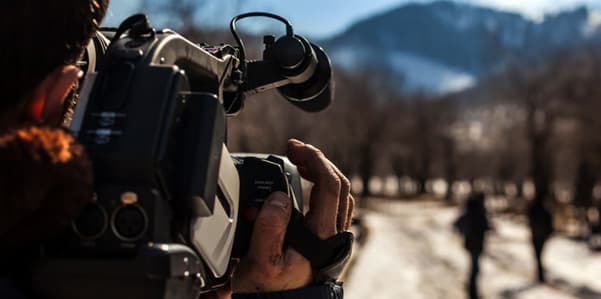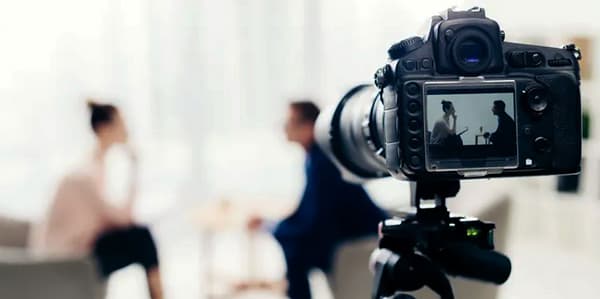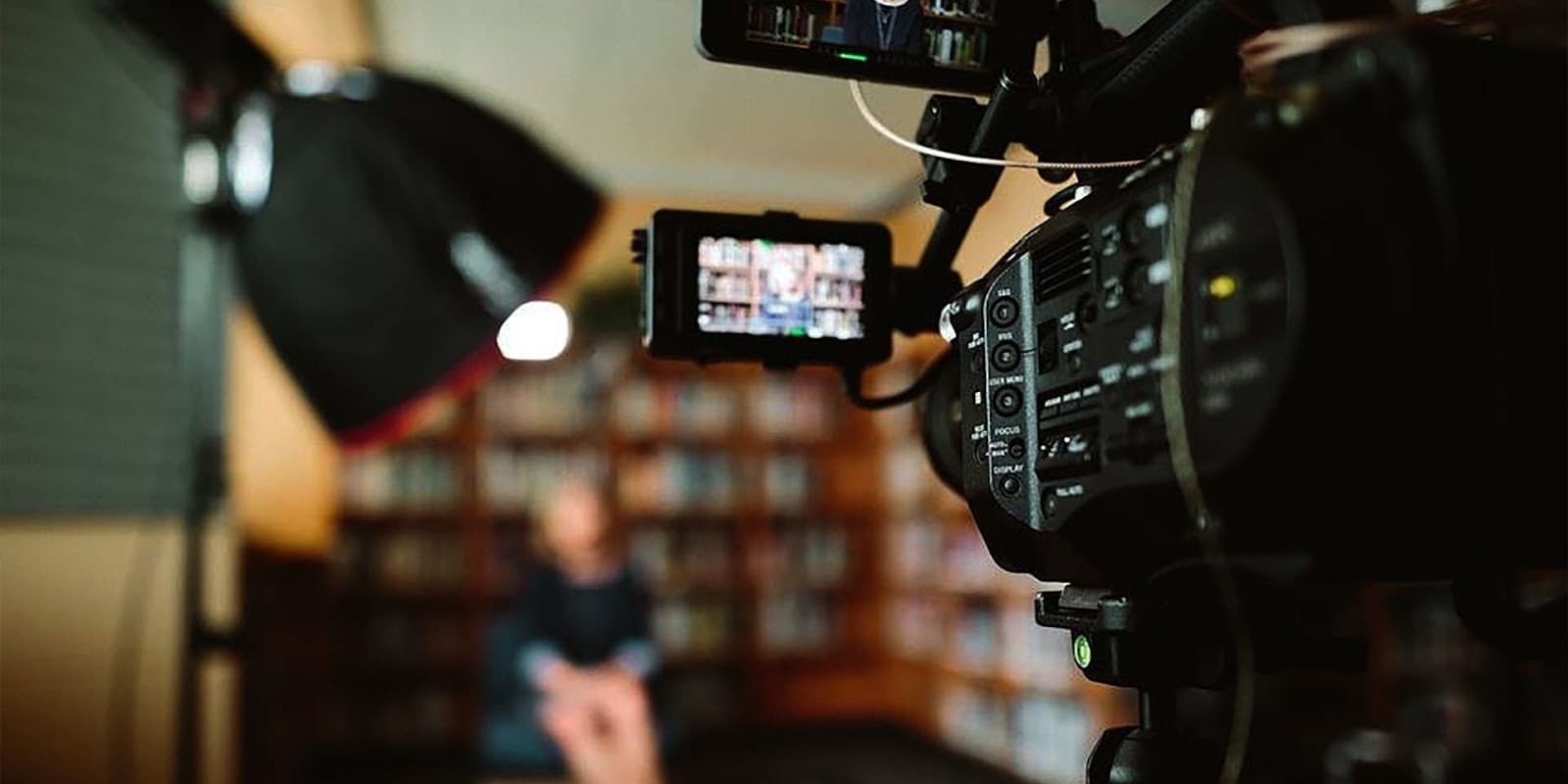Music has a unique way of connecting with our emotions, and in documentaries, it plays a vital role in shaping how we experience the story. Let’s explore how filmmakers use music to create emotional impact and enhance the overall storytelling in documentaries.
The Power of Music in Storytelling
Music has always been an essential tool for storytelling. In documentaries, music becomes even more important, as it helps guide viewers through real-life stories, adding depth and emotion to moments that might otherwise feel flat.
In some cases, music can create a sense of urgency or tension, making viewers feel the weight of a dramatic situation. In other moments, a simple melody can evoke empathy or reflection, allowing the audience to connect with the documentary’s subjects on a deeper emotional level.
By using sound to create emotional highs and lows, documentary filmmakers can tell a richer, more engaging story that resonates with the audience long after the film has ended.

Types of Music Used in Documentaries
Original Scores
Original scores are custom-composed soundtracks designed to perfectly match the documentary’s tone, pace, and emotional flow. Filmmakers collaborate with composers to create unique musical pieces that align with key moments in the story. These scores are often dynamic, shifting to reflect changes in mood or tension.
For example:
- Investigative Documentaries: Original scores with eerie or suspenseful tones to build tension as new evidence or shocking revelations come to light.
- Human Interest Documentaries: Uplifting, heartwarming music that plays during scenes of personal achievement, emotional breakthroughs, or resolution.
Original scores allow filmmakers to control the emotional direction of their films and craft the exact atmosphere they need. Since these scores are tailor-made, they seamlessly integrate into the visual narrative.
Licensed Music
Licensed music refers to existing songs or musical pieces used within the documentary to evoke a particular mood, period, or cultural setting. This type of music is familiar to the audience, which can immediately create a sense of nostalgia, connection, or historical context.
Examples of licensed music use:
- Documentaries About a Time Period: Songs from the 1970s might be used to evoke that era’s social or political climate.
- Cultural Documentaries: Regional music or culturally significant songs can create authenticity and bring the audience into a specific place or tradition.
Licensed music can evoke strong emotions because it taps into the audience’s personal memories or cultural associations with the song. It’s also an efficient way to connect the story to a specific context without relying on dialogue alone.
Ambient Sounds and Natural Music
Documentaries often use ambient sounds and natural music to create an immersive experience. Instead of a traditional score, filmmakers might amplify the environment’s sound to convey a sense of realism and place. Depending on the film’s setting, these ambient elements may include natural sounds like birds chirping, waves crashing, or urban noises.
In this case, the absence of traditional music allows the environment to speak for itself, drawing the audience into the documentary’s world. This approach is frequently used in nature documentaries and observational films, where the goal is to let the natural world or real-life events unfold without interference from dramatic musical cues.

Examples of Documentaries Using Different Types of Music
To further illustrate how different types of music are used in documentaries, here’s a list of well-known documentaries that showcase these techniques:
| Documentary Title | Type of Music Used | Description |
| Planet Earth | Ambient Sounds and Orchestral Music | Uses natural soundscapes like waterfalls and bird calls to create an immersive experience. |
| The Last Dance | Licensed Music | Features 90s music to evoke the era of Michael Jordan’s career, grounding the documentary in its historical moment. |
| 13th | Original Score and Licensed Music | Combines an original score to build tension with licensed music for cultural relevance. |
| Won’t You Be My Neighbor? | Original Score | Uses a warm, nostalgic score to align with the documentary’s themes of kindness and legacy. |
Choosing the right music for a documentary is often a complex process. Filmmakers must balance emotional impact with authenticity and practical considerations such as budget and licensing issues. Licensing popular songs can be expensive, and sometimes filmmakers must work within financial limits or find creative alternatives to convey the same emotion.
Music in documentaries does much more than fill the silence—it sets the emotional tone, helps tell the story, and engages the audience on a deeper level. Whether it’s an original score, a licensed song, or the sounds of nature, music is an essential tool in shaping how viewers experience the film.

